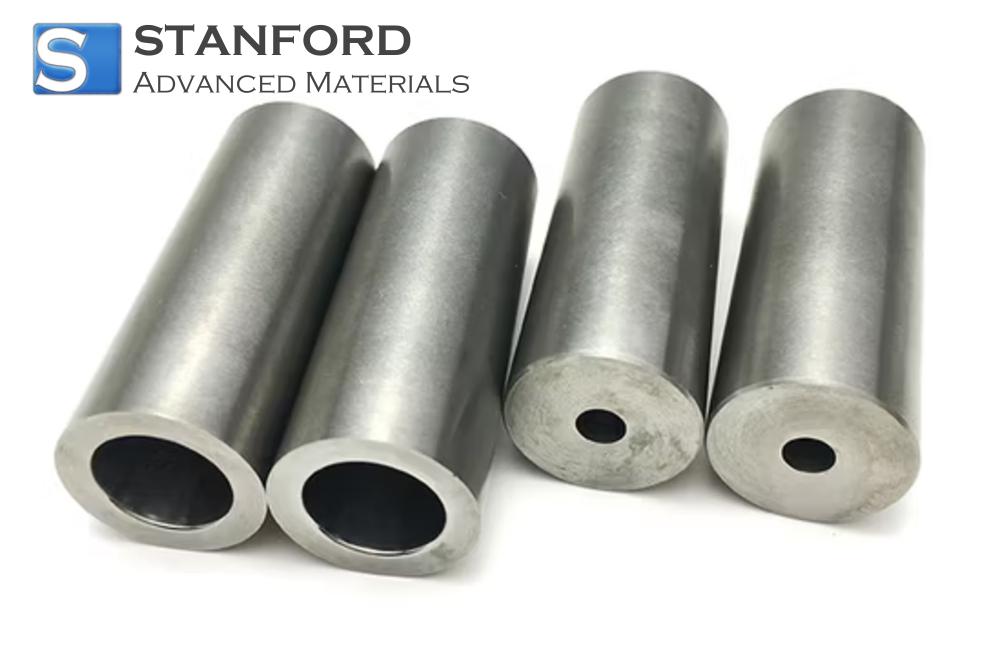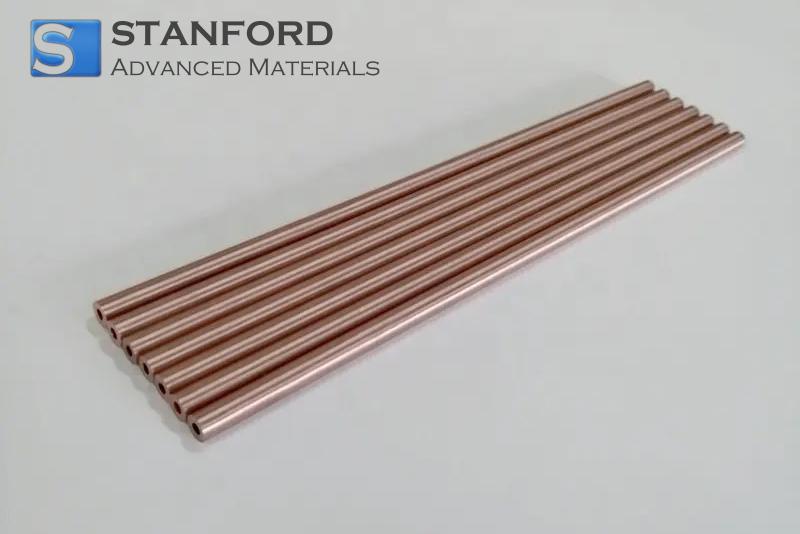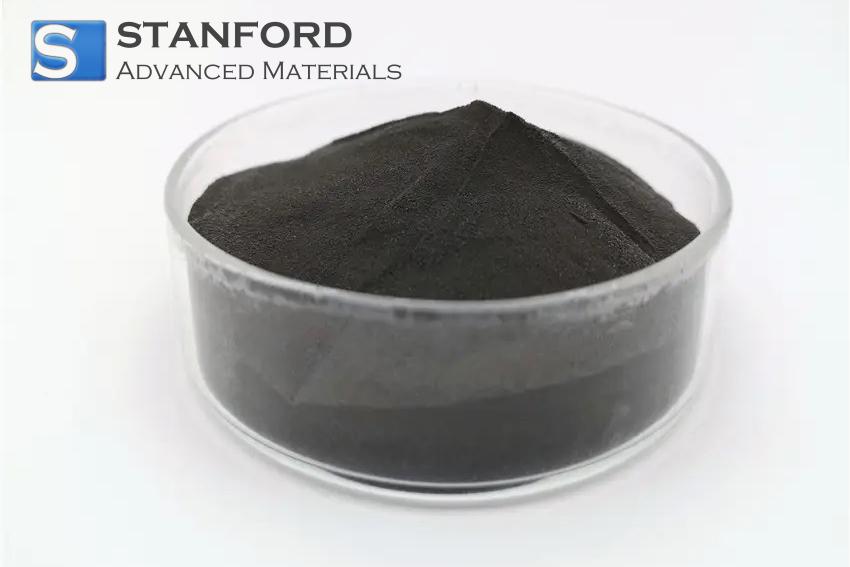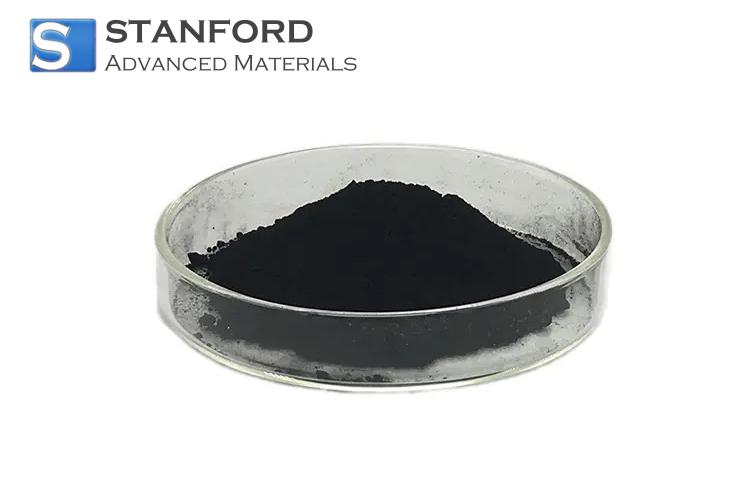Indium: Element Properties And Uses
Description
Indium is a rare metal, soft, with specific chemical and physical properties. Its crucial role in electronics, semiconductors, and industrial applications has made it an important material for modern technologies.

Indium the Element
Indium is a post-transition metal with the symbol In and atomic number 49. It holds a unique place in the periodic table. Discovered in 1863 by Ferdinand Reich and Hieronymous Theodor Richter, indium is a relatively rare element in the Earth's crust. It is predominantly extracted during the processing of zinc ores; most of the world supply comes from this method.
Chemical Properties Description
Indium has a common oxidation state of +3 and forms indium oxide, In₂O₃, and indium chloride, InCl₃, which are critical in semiconductor and catalytic applications. Sometimes indium can also have an oxidation state of +1, providing the element versatility in chemical reactions and compound formation.
Indium is somewhat inert at room temperature due to the thin, protective oxide layer that forms over its surface, which shields it from further oxidation. This passivation layer increases the stability of the metal under normal conditions, facilitating a broader range of possible industrial uses. In more reactive or acid-rich environments, indium readily dissolves and generates salts that can subsequently be utilised in various chemical processes.
Physical Properties
|
Property |
Value |
Unit |
|
Atomic Number |
49 |
- |
|
Atomic Weight |
114.82 |
g/mol |
|
Density |
7.31 |
g/cm³ |
|
Melting Point |
156.6 |
°C |
|
Boiling Point |
2072 |
°C |
|
Electrical Conductivity |
1.34e6 |
S/m |
|
Crystal Structure |
Tetragonal |
- |
For further information, please check Stanford Advanced Materials (SAM).
Thermal and Electrical Properties
The electrical conductivity of indium is very good, thus making it suitable for use in electronics. It has a relatively low melting point of 156.6°C and is appropriate for applications that require low melting alloys, for instance, in safety fuses. Indium also has very high thermal conductivity, ensuring heat is dissipated effectively in various applications, especially semiconductor devices and heat-sensitive machinery or equipment.
Methods of Preparation
Due to its rarity, most commercial production of indium is derived as a byproduct of zinc mining. Extraction is typically conducted through hydrometallurgical procedures, leaching indium with acidic solutions from the ore. Processes involving pyrometallurgy are also established, particularly concerning electronic scrap and recycling of industrial scrap. A combination of these methods yields high-purity indium in significant quantities.
Common Uses
Indium possesses a unique combination of properties that makes it essential in a wide range of high-tech applications:
1. Indium Tin Oxide (ITO) for Displays
The primary application of indium today is in the synthesis of indium tin oxide, ITO, used in LCDs, flat panel displays, and touchscreens. ITO has excellent electrical conductivity associated with optical transparency, making it highly suited for use in modern electronic devices.
2. Low-Melting Point Alloys
Low-melting-point alloys incorporating indium can be utilised in safety devices such as thermal fuses and fire-detecting systems. Such alloys are specifically designed to melt at predetermined temperatures for dependable protection against hazards.
3. Electronics Soldering
Indium is widely applied in soldering in electronics, facilitating reliable electrical connections that ensure the durability of the device. The low melting point and its good wetting properties make it essential for use in high-performance solder joints.
4. Semiconductor Devices
Indium is utilised in the manufacturing of semiconductor devices including diodes, transistors, and integrated circuits, as the material can form stable compounds that are ideal for precise, reliable components in electronic systems.
5. Special Coatings
Indium is also employed in a variety of specialty coatings aimed at enhancing heat and corrosion resistance. These fall under the categories of aerospace and electronic manufacturing where performance under extreme conditions is requisite.
Frequently Asked Questions
1. What is indium, and why is it important?
Indium is a rare metal used for several applications in high-tech industries, such as electronics, semiconductor manufacturing, and safety devices. Its distinctive characteristics contribute to its importance in industries related to electronics and display technology.
2. How is indium extracted?
Indium is primarily obtained during the processing of zinc ores as a byproduct. The extraction involves hydrometallurgical methods such as acid leaching, alongside pyrometallurgical recycling of electronic waste.
3. What are the major uses of indium?
Indium finds applications in the manufacture of ITO for displays, low-melting-point alloys for safety devices, soldering in electronics, semiconductor devices, and special coatings in aerospace and electronic industries.
4. Why is indium used in soldering?
Indium is employed in soldering due to its low melting point, excellent wetting properties, and its ability to form strong, reliable electrical connections. These properties make it essential for high-performance electronics.
5. What are the chemical properties of indium?
Indium typically adopts the +3 oxidation state and forms stable compounds, such as indium oxide and indium chloride, widely used in various semiconductor and catalytic processes. This also renders it inert at ordinary temperatures due to a protective oxide layer.

 Bars
Bars
 Beads & Spheres
Beads & Spheres
 Bolts & Nuts
Bolts & Nuts
 Crucibles
Crucibles
 Discs
Discs
 Fibers & Fabrics
Fibers & Fabrics
 Films
Films
 Flake
Flake
 Foams
Foams
 Foil
Foil
 Granules
Granules
 Honeycombs
Honeycombs
 Ink
Ink
 Laminate
Laminate
 Lumps
Lumps
 Meshes
Meshes
 Metallised Film
Metallised Film
 Plate
Plate
 Powders
Powders
 Rod
Rod
 Sheets
Sheets
 Single Crystals
Single Crystals
 Sputtering Target
Sputtering Target
 Tubes
Tubes
 Washer
Washer
 Wires
Wires
 Converters & Calculators
Converters & Calculators
 Write for Us
Write for Us





 Chin Trento
Chin Trento



